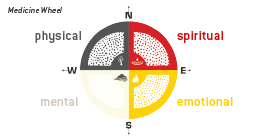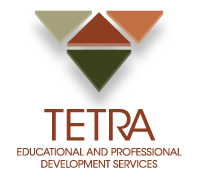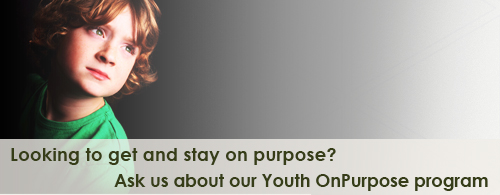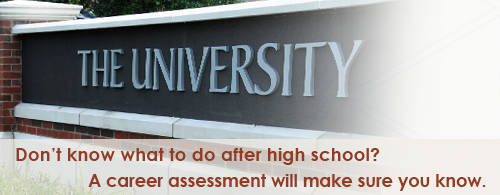Tradition Meets Type
By: Sean Townsend
Ancient wisdom and modern psychology are coming together in a unique career program for Aboriginal students at the University of Saskatchewan.
Dwayne Docken, career development co-ordinator with the university’s Aboriginal Student Centre, helps students find career directions by incorporating traditional Aboriginal teachings with assessment tools including the Myers-Briggs Type Indicator® (MBTI®) and the Strong Interest Inventory®.

Docken, who describes his work with students as “promoting positive behaviour and attitudes and giving them the power to succeed,” understands that his approach is unusual. But he points out that there are fundamental similarities between the theory of personality type and the traditional Aboriginal concept of the Medicine Wheel.
Aboriginal Elders use the Medicine Wheel to teach the importance of physical, mental, emotional and spiritual balance. With its concentric elements distributed equally among four quadrants, the wheel represents the relationship of all things, the necessity of a proper orientation in the world, and the notion that each element is as important as the others.
Docken says the MBTI assessment is helpful because it presents similar messages, but in a language and context that can help to bridge the generation gap between students and Elders. Like the complementary and balanced elements of the wheel, the MBTI type table represents aspects of personality and preference that are different but equal in value—and all vital to a truly successful balance, whether in school, work or life.
Those are important messages for Aboriginal students to hear. Many face challenges with low self-esteem, cultural isolation from the student majority, housing and food, drug abuse and crime. Docken says the MBTI tool shows students their opportunities as well as their barriers, which can help them to overcome these barriers: “It helps show them who they are, how they think and what makes them tick.”
Once students have learned these truths about themselves, Docken uses the Strong Interest Inventory to focus their career interests based on their preferences: “I help them to streamline and explore their opportunities, to remove all their excuses, to give them a strong, firm footing to achieve. The MBTI tool shows students what it is going to take to achieve; the Strong helps them create realistic expectations for their future career.”
When it comes to keeping students in school, Docken’s approach seems to be working: none of the 92 students he has worked with in the past 18 months has dropped out, and the completion rate of Aboriginal students at the University of Saskatchewan has been increasing every year. Several students he has worked with have participated in the Aboriginal Students’ Council, helping to give more than 1,600 Aboriginal students (over eight per cent of the university’s student body) a strong voice in matters that affect them.
But for Docken, the real success stories are the individual ones. One student he worked with, a fourth-year engineering student whose parents were both engineers, switched to veterinary medicine after he helped her rediscover her love for animals. “It has to be about what they want to do, not what their mom and dad want them to do,” he says, adding that tools like the MBTI have the most value when students are set up to understand that assessment “is about you, not society; it has to come from inside, not something you learned or something you think the test wants you to say.”
The ultimate goal, he says, is to help students create a career fit that they can work hard for and enjoy. “I like to get them thinking about the future,” he says. “I tell them I want to hear from them in 35 years. I want to ask them, ‘Are you happy?’ Because our career should be something that makes us happy.”




